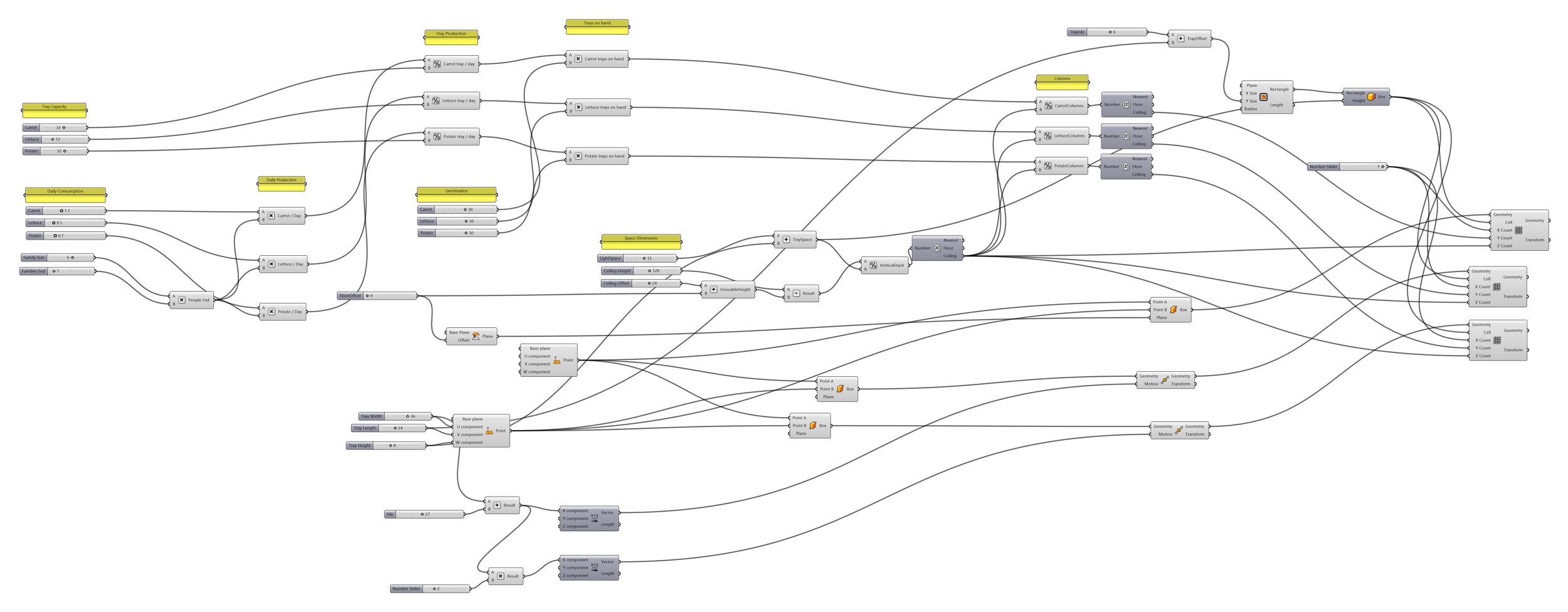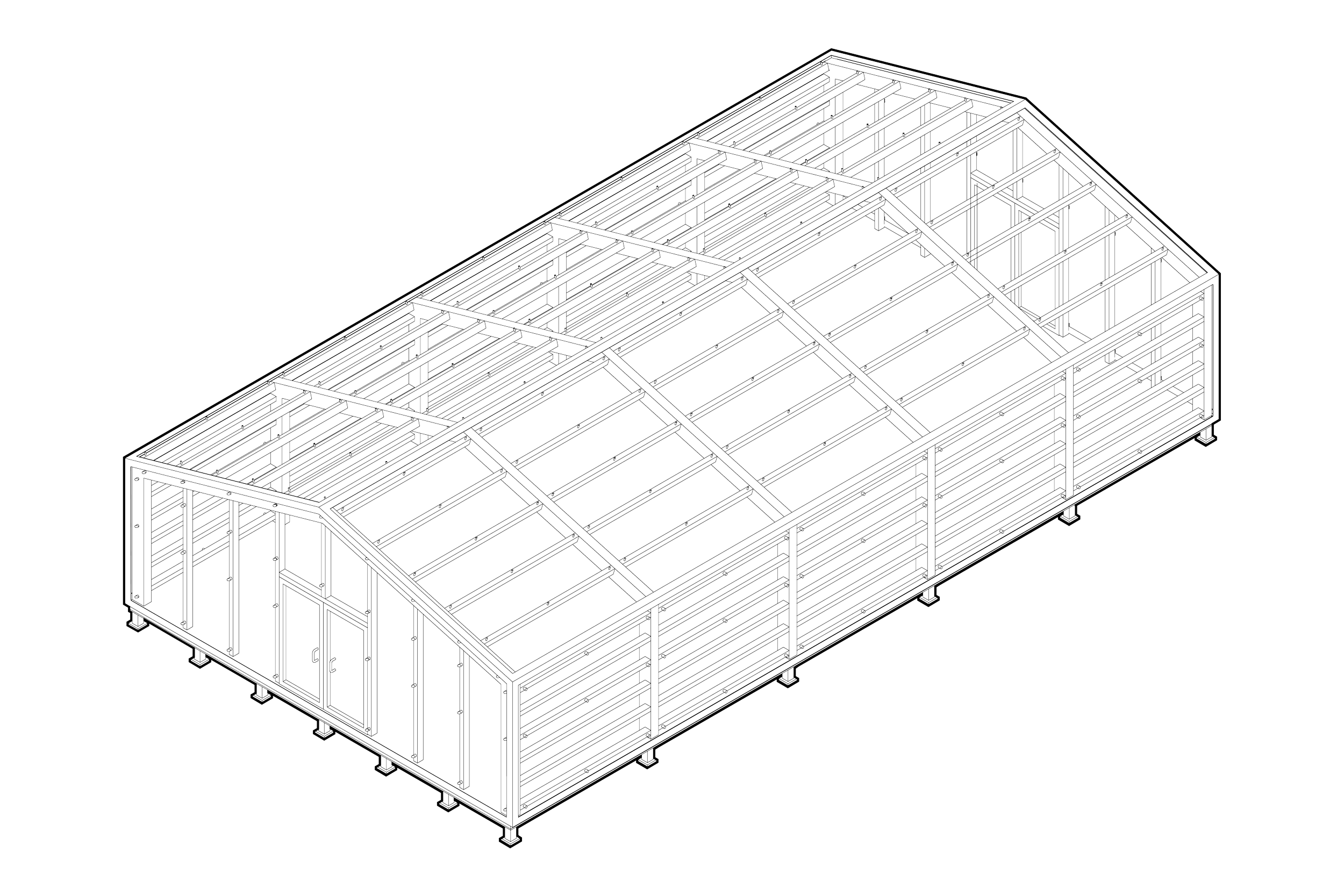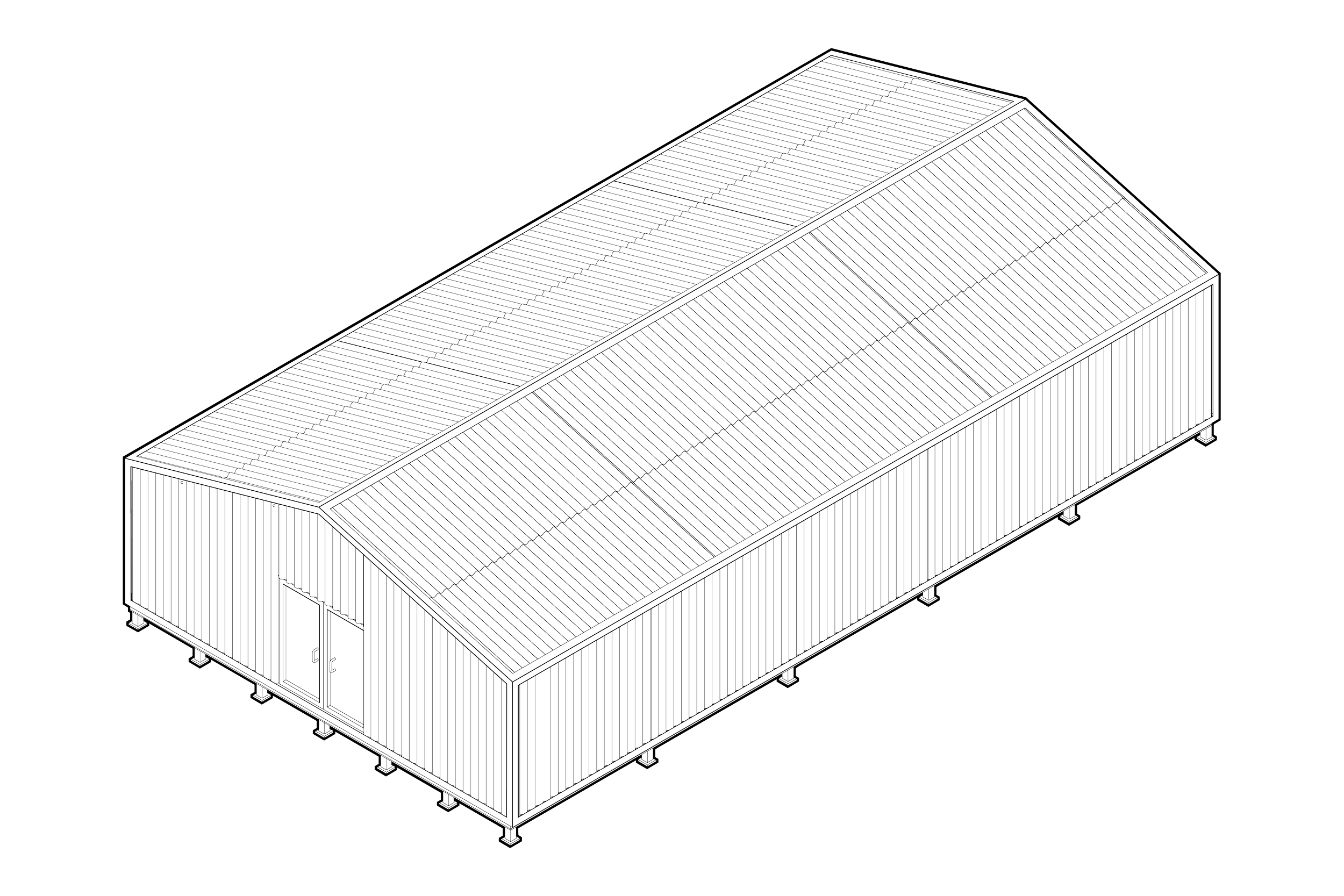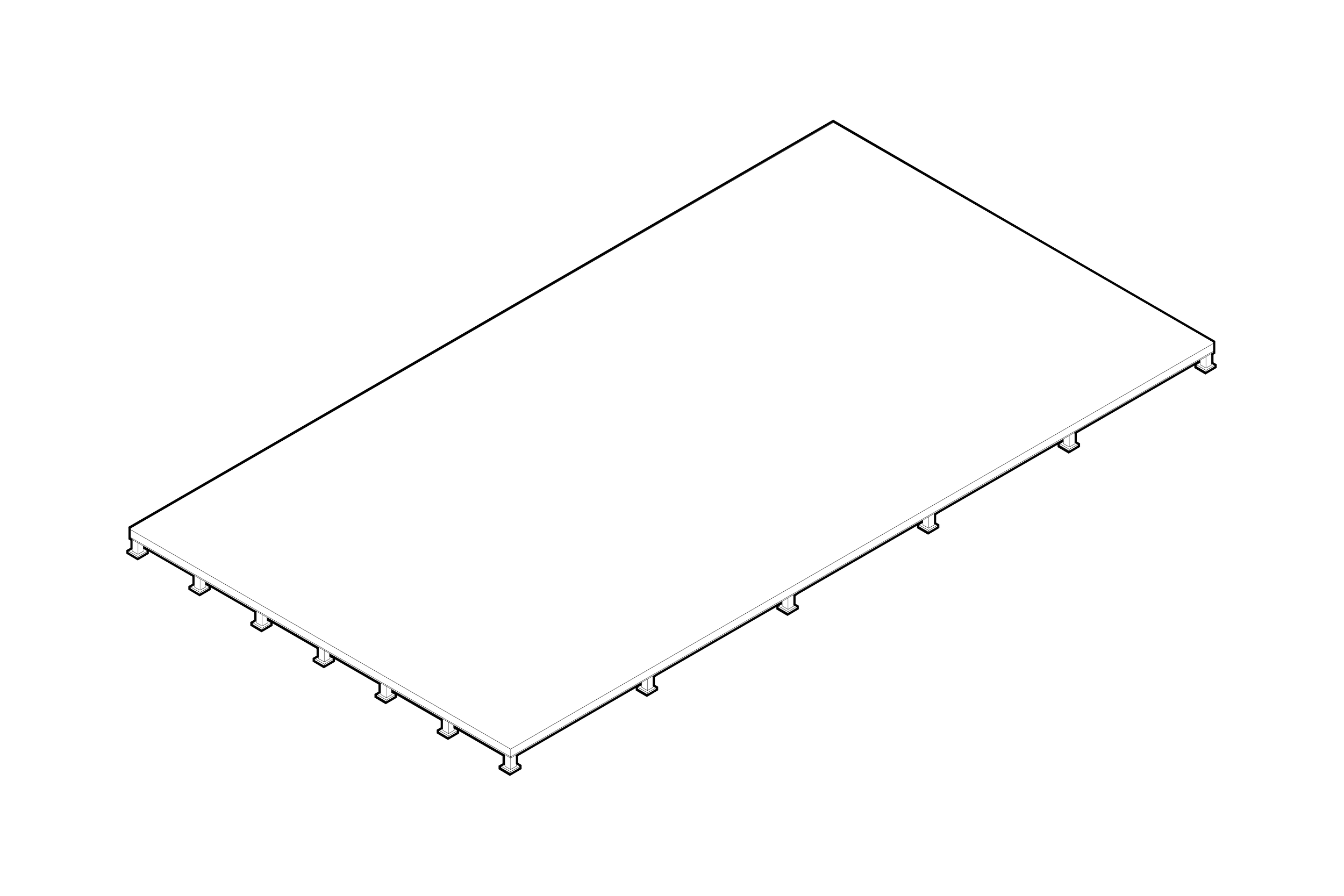Student Project 2022
Communal Hydroponics
Feeding oneself and one’s family is central to life and wellbeing. A society's collective wellbeing can perhaps be measured by each member’s ability to feed themselves and their family.
However, the industrial food system of the United States is not designed to serve us all. Nutritional food access in this system is predicated on car ownership, wealth, and class.
This is a design proposal for an alternative to industrial food production, specifically catered to meet the needs of food-marginalized communities.
There is no such thing as a Food Desert.
Food Desert
The term food desert paints a picture of a barren and desolate landscape. It also implies that these are naturally occurring elements of an ecosystem.
Food Apartheid
Rather than passive language, food apartheid, a term frequented by Karen Washington, implies an intentional system that is deliberate in it’s priorities.
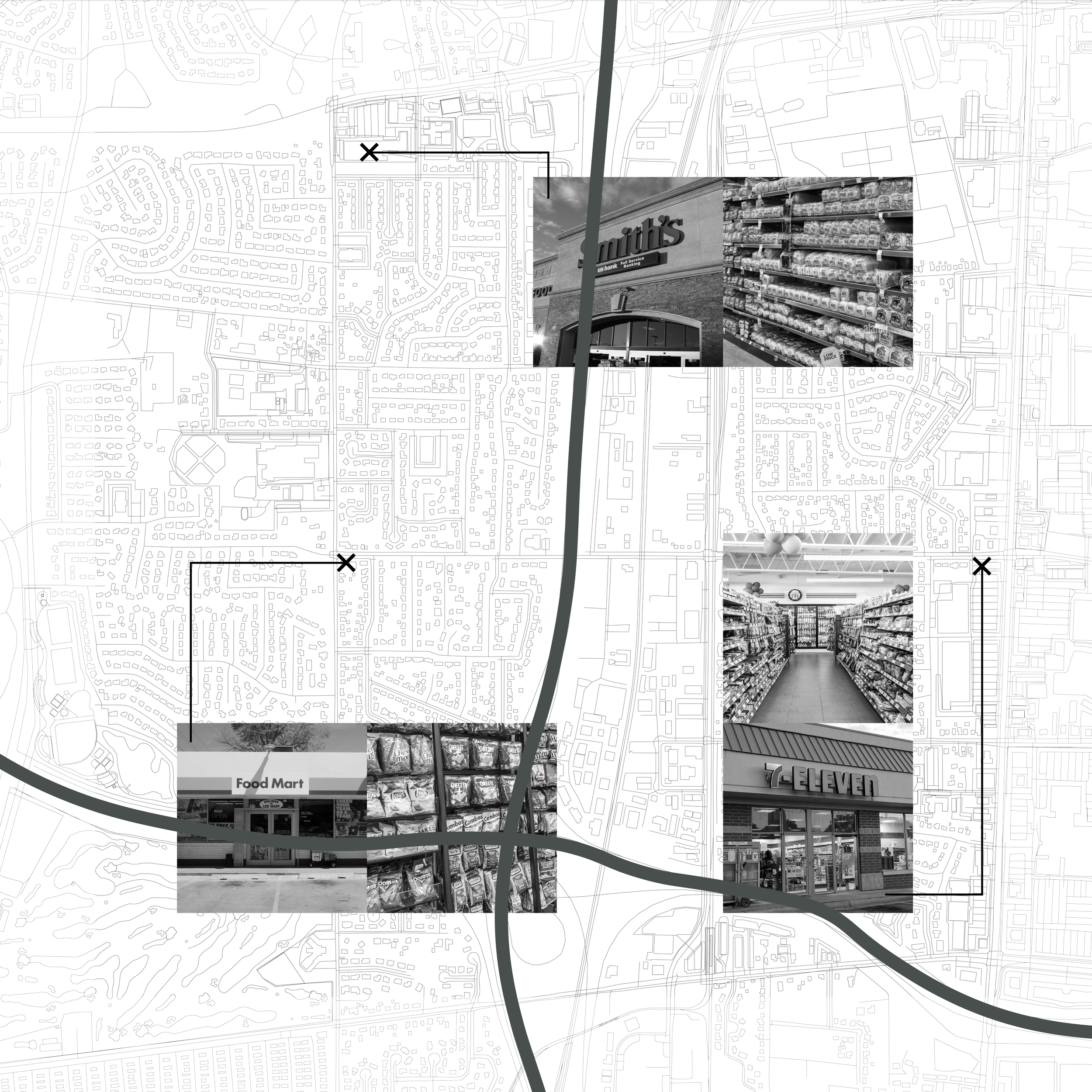
Addressing Food Justice in South Salt Lake
Our traditional thinking on food deserts is that it is a problem of geographic distribution. It is held that if we simply had more grocery stores per capita in a given area, the residents would inherently be more food secure.
While partially true, this is an overly simplistic view of the problem.
While geography plays a role in access to nutritional food, it is not the only factor at play. It is true that there are few grocery stores per square mile in South Salt Lake, but adding more grocery stores won’t entirely solve the problem.
To put it simply, if one cannot afford food, it doesn’t matter how close the grocery store is.
We are hardwired to believe that food is something that we buy with money, that it requires large corporations to produce and distribute it for us. These corporations too often place profit above people and planet.
This system yields inequity on many fronts, and disproportionately harms people of color.
What I am proposing is a radical rethinking of this system.
How might we make it possible for anybody to participate in the production of their own food?
Hydroponics offer flexible, modular, year round food production.
Hydroponic vegetable production is a feasible option for addressing communal food security.
Vegetables grown in nutrient-film hydroponic systems do not require soil, and therefore do not require land ownership.
Additionally, the system can run year round independent of seasons, weather, and sunlight.
I began this process by designing a single hydroponic unit. The unit cycles a nutrient infused water solution over the roots of the vegetables, eliminating the need for land and soil.
Each growing unit can produce up to 8 heads of lettuce per day in a 4’ x 10’ footprint.
Exactly how big is community scale?
What I am proposing is not “tabletop” hydroponics, but it is also not large-scale factory farming.
For the purpose of deciding on a scale and form factor, a parametric model was designed to synthesize the time and spatial constraints of vegetable production.
The model has controls that manipulate the size and capacity of the farm. These controls include Family Size, Number of Families Fed, Vegetable Germination Times, and Hydroponic Tray Capacity.
Proposed structure for communal production.
With a scale determined, I moved into the design of the physical structure where the vegetables will grow.
The design of this structure aims to work within the constraints and opportunities of food production at community scale.
The hydroponic growing units require a stable interior climate, while a community requires modularity and ease of assembly.


